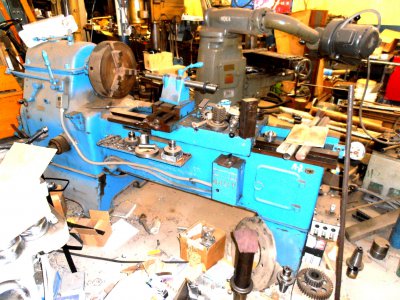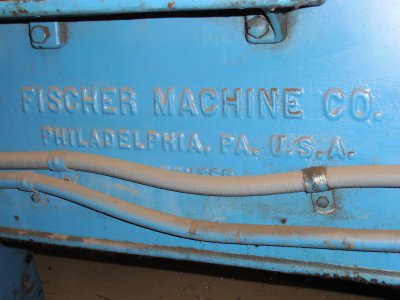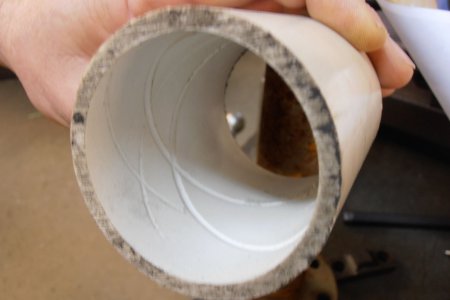- Joined
- Oct 6, 2010
- Messages
- 699
I thought some of you might find this machine topic interesting. Not a hobby type machine but kind of cool anyway.
Have you ever wondered how they cut the nice “Figure 8” oil or grease grooves in the sleeve bearings such as those used in some of the machines you use in your shop? I know in today’s world of CNC machines it is just a matter of programing but in the old days how was it done? If you do a search you will find the question has come up before many times. The following link is from another forum and one of the many on the subject floating around. A lot of posters had thoughts and memories but not a lot about real live old machine tools designed to machine the internal lubrication grooves.
Here are two interesting vids of channels being cut by a talented young European machinist.
Machining grease chanel in bronze bearing inside by 1K62 lathe - extreme machining - YouTube
Machining greese chanels in bronze bearing inside by 1K62 lathe - how I was did it - YouTube
I had recently read that thread and had been thinking about it but put it out of my mind for a while before going to the Fort Worth, TX area last week for the holidays. While there I visited an old friend who I use to work with many years ago and now owns his own machine shop. He has a lot of old machines of all kinds and gave me a tour. He had found and hauled home an early machine tool that appears designed just to machine those lubrication grooves. The photos below show the machine and a piece of plastic pipe he used to setup and test the machine before cutting a new bearing for a lathe he was repairing. As you can tell from the photo the machine does not get used often but he is keeping it just in case.



The machine is a combination of a lathe and a shaper. The spindle holds and turns the bearing while the carriage holds the cutting tool and moves it back and forth in the bearing bore while it cuts the groove. My friend says he now cheats when he needs to cut a groove. He rigged up a ball-burr in a die grinder to make the job go faster.
I have a video (my first) of the machine going through the motions but don’t know how to attach it since it might be too large. I can try and post it if anyone can tell me how.
Benny
The Orphanage Never Closes



Have you ever wondered how they cut the nice “Figure 8” oil or grease grooves in the sleeve bearings such as those used in some of the machines you use in your shop? I know in today’s world of CNC machines it is just a matter of programing but in the old days how was it done? If you do a search you will find the question has come up before many times. The following link is from another forum and one of the many on the subject floating around. A lot of posters had thoughts and memories but not a lot about real live old machine tools designed to machine the internal lubrication grooves.
Here are two interesting vids of channels being cut by a talented young European machinist.
Machining grease chanel in bronze bearing inside by 1K62 lathe - extreme machining - YouTube
Machining greese chanels in bronze bearing inside by 1K62 lathe - how I was did it - YouTube
I had recently read that thread and had been thinking about it but put it out of my mind for a while before going to the Fort Worth, TX area last week for the holidays. While there I visited an old friend who I use to work with many years ago and now owns his own machine shop. He has a lot of old machines of all kinds and gave me a tour. He had found and hauled home an early machine tool that appears designed just to machine those lubrication grooves. The photos below show the machine and a piece of plastic pipe he used to setup and test the machine before cutting a new bearing for a lathe he was repairing. As you can tell from the photo the machine does not get used often but he is keeping it just in case.



The machine is a combination of a lathe and a shaper. The spindle holds and turns the bearing while the carriage holds the cutting tool and moves it back and forth in the bearing bore while it cuts the groove. My friend says he now cheats when he needs to cut a groove. He rigged up a ball-burr in a die grinder to make the job go faster.
I have a video (my first) of the machine going through the motions but don’t know how to attach it since it might be too large. I can try and post it if anyone can tell me how.
Benny
The Orphanage Never Closes



Last edited by a moderator:

